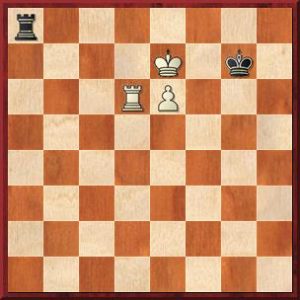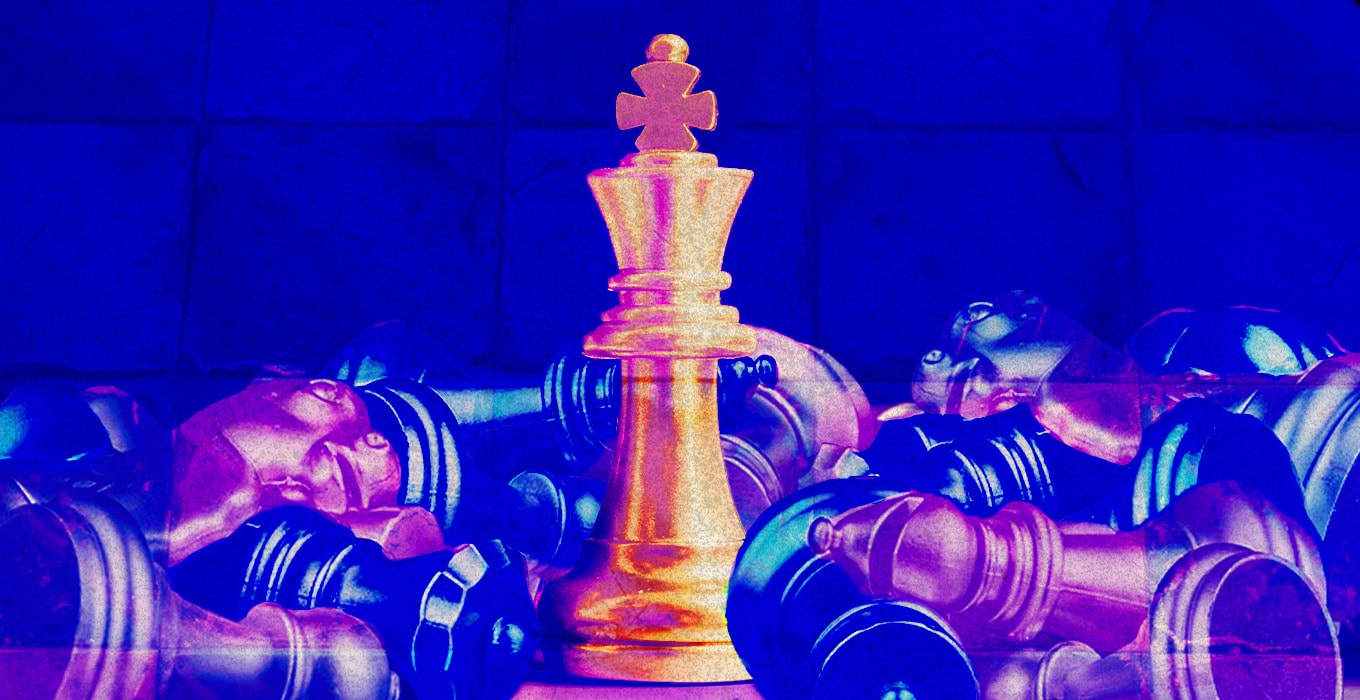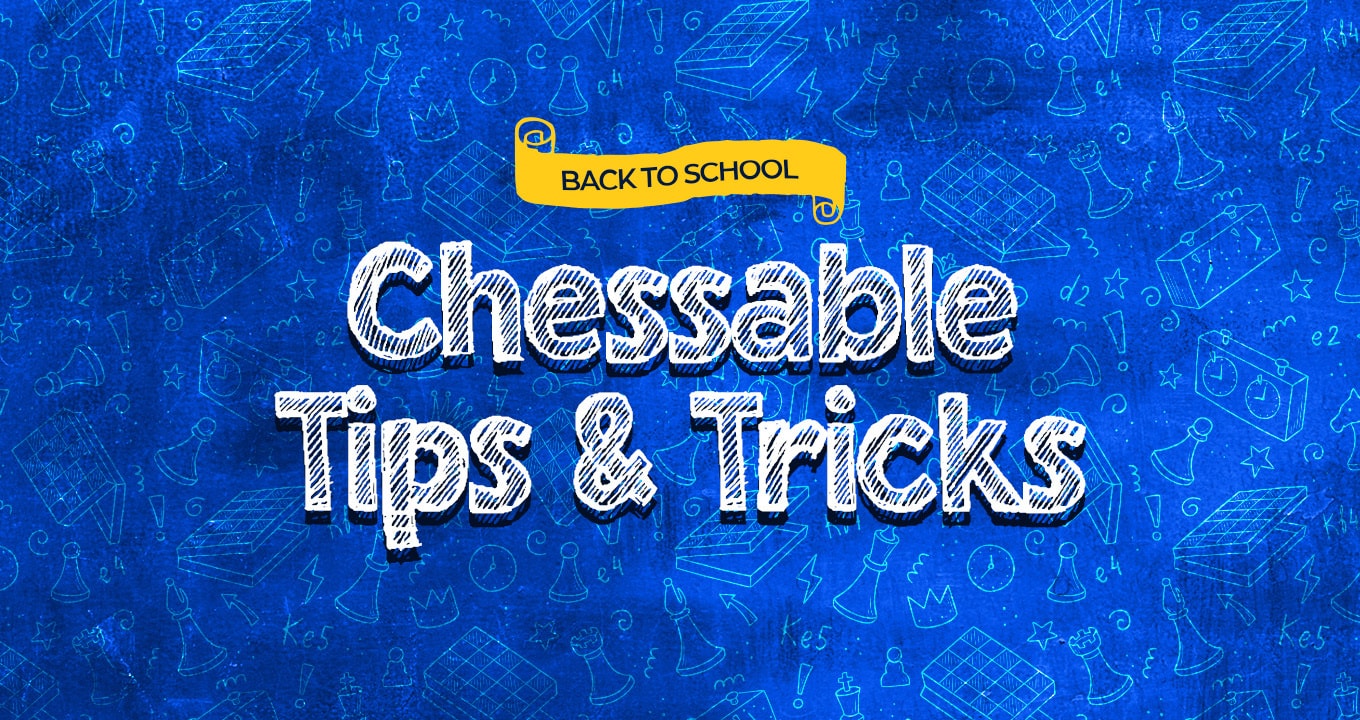GM ALEX COLOVIC on how even Grandmasters can mess up easy endgames under pressure
Recently I returned from a FIDE Seminar, where I was suggested for a FIDE Trainer title. The seminar was very interesting and informative. One of the topics that got me thinking was the issue of chess endgames.
Endgames can be divided in two types: theoretical, where with best play the final outcome is known, and practical, where the outcome will depend on who plays better in the remainder of the game.
If we talk about the theoretical endgames we would assume that these should/must be known more or less by heart. While this is true in theory, in practice things are far from ideal.

I remember when I was a kid I went through Reuben Fine’s Basic Chess Endings twice. It took me months to do it but already after the first time I felt so much more confidence in my endgame knowledge. The second time I went through every single example in the book was a few years after the first one, but the effect was the same – my confidence and knowledge only grew.
GM Alex Colovic’s published courses:
- On the way to the Queen’s Gambit Declined
- A Grandmaster Guide: The Reti, King’s Indian Attack, and others, based on the QGD
- Queen’s Gambit Declined: A Grandmaster Explains
- GM Alex Colovic’s Simplest Scandinavian
In modern times I do revise the basic endgames from time to time. It is particularly important to do so because nowadays, with the faster time controls and no adjournments, it is most likely that you will have to play that final part of the game on increment time. With no time to think it all boils down to your reactions and routine.
Severe tension plays havoc
The modern “bible” of theoretical chess endgames in Dvoretsky’s Endgame Manual. When it came out and he received it, Kasparov immediately went through it very carefully and praised its precision. With every next edition and improvements, I can safely say that it is the ultimate endgame book.
With all their resources we would expect the best in the world to have these basic chess endings in their bones. Then how about the fact that World Champion Anna Ushenina failed to deliver a mate with knight and bishop against a lone king in a game with classical time control? Or the fact that Peter Svidler couldn’t win with a queen against a rook against Boris Gelfand? Or perhaps the following example:

It’s an elementary draw, but only one move leads to it: 73…Kg6. Black, a certain Magnus Carlsen, played 73…Ra7?? and after 74 Ke8 resigned. When White controls the 8th rank the pawn promotes easily. The game was Aronian-Carlsen from the Tal Memorial in 2006.
So what happened to all these players, who undoubtedly know what they couldn’t show in those games?
Work on your chess endgames!
What I would like to stress here is that nothing is easy in chess. Under conditions of severe tension for hours on what may naturally be “easy” in the relaxed atmosphere of your study, it suddenly becomes difficult in the tournament hall with the last seconds ticking. Even the greatest champions falter under such conditions.
Do not take anything for granted. Do you work, drill the theoretical endgames ad infinitum and then you might get lucky in the final seconds. Though you will know that probably that luck was deserved…





